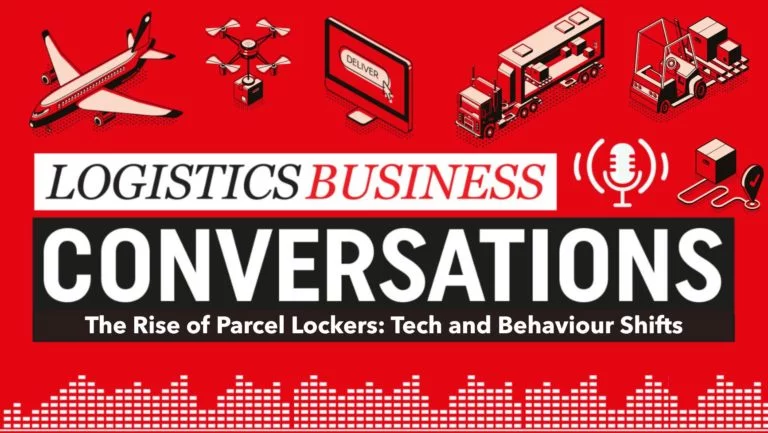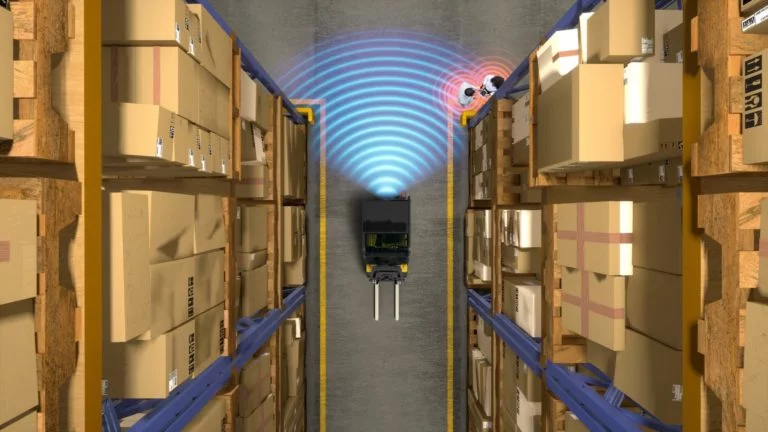DP World in the UK has announced that work has begun on a new speculative 119,000 sq ft green warehouse at London Gateway’s port-centric Logistics Park.
The company has witnessed its best year for new business in a decade, with demand for premium warehousing space in the South East of England reaching ‘unprecedented’ levels and a record volume of cargo handled by its two UK logistics hubs at London Gateway and Southampton in the first half of the year. In response to customer demand, the new green warehouse is being fast-tracked for completion in Q3 2023.
Oliver Treneman, Park Development Director at DP World in the UK, said: “At London Gateway, we have the space, infrastructure and vision to support customers as they grow, with the new speculative LG119 likely to be of interest to any growing business looking to expand or establish new operations. Our partnership approach, logistics expertise, digital solutions and intermodal connectivity help us to solve logistical challenges and give our customers more control over their supply chains.
“At the size of 400 football pitches, our rapidly expanding Logistics Park is the biggest of its kind in Europe and will become home to a workforce of around 12,000 within the next seven years. The site’s outstanding road links, access to an adjacent rail terminal and proximity to both London and a deep-water port will cut transport costs for customers.”
In the last 12 months, four major new tenants have taken leases at London Gateway’s Logistics Park. Transmec and Magnum, two leading logistics businesses, signed up earlier this year following the news that London City Bond, a leading UK bonded warehousing provider, and OASIS Group, a secure information and data storage service provider, would also locate there.
In keeping with DP World’s commitment to minimising the environmental impact of its operations, the new facility will be one of the most sustainable warehouses yet built. It will have a BREEAM ‘Outstanding’ classification, with a target to deliver a 30% carbon reduction during construction and a 40% reduction in operational carbon emissions.
DP World – which operates ports, terminals and logistics businesses on six continents – continues to make major investments in the UK. It announced last year a further £300m investment in a new fourth berth at London Gateway, which will lift capacity by a third when it opens in 2024.
Between January and June, London Gateway saw throughput of 1,013,000 TEU, a 10% increase on the previous best half-yearly performance set in the second half of 2021. This performance contributed to a record volume of cargo for DP World’s ports in the UK, with a combined total of 1,937,000 TEU when factoring in throughput at Southampton, Britain’s second largest container terminal.














